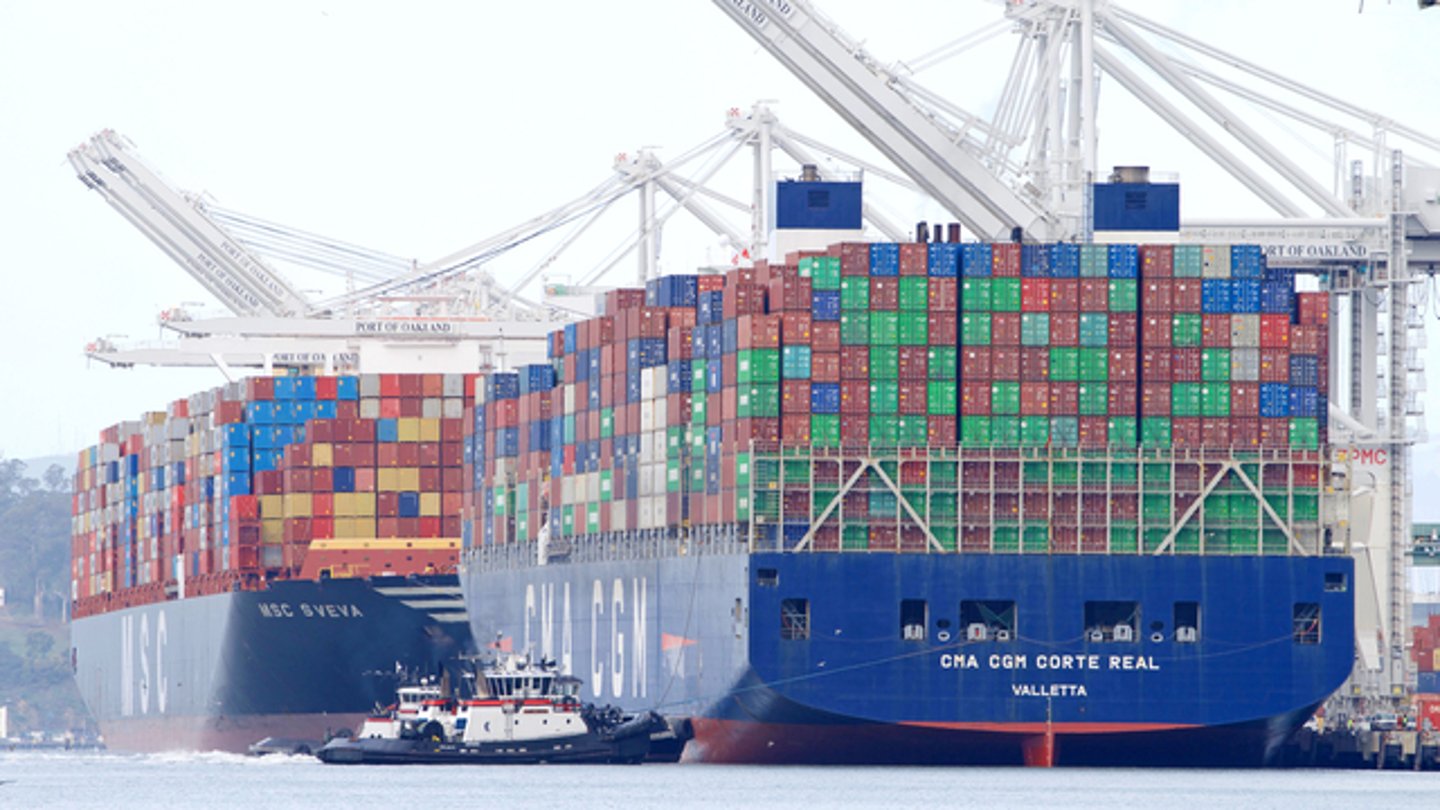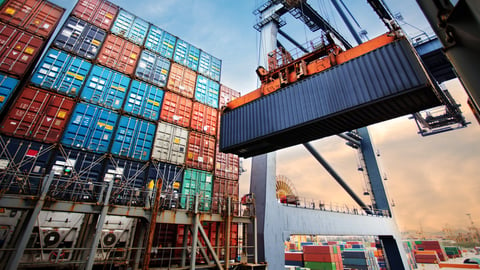Imports Expected To Shrink As Tariffs Take Hold
Imports at the nation’s major ports are expected to see their first year-over-year decline in 19 months as the impact of tariffs imposed by the Trump Administration take effect.
The National Retail Federation’s monthly Global Port Tracker, developed with Hacket Associates, forecasts a 20% decrease in year-over-year imports in June, with volume for the year expected to drop more than 10%.
“We are starting to see the true impact of President Trump’s tariffs on the supply chain,” said Jonathan Gold, vice president for Supply Chain and Customs Policy with the NRF. “From national security tariffs on Canada, Mexico, and China to global and reciprocal tariffs on all countries and a multitude of tariffs on specific sectors, the results will include higher costs for businesses as well as reduced cargo volumes. In the end, these tariffs will affect consumers in the form of higher prices and less availability on store shelves.”
Gold said the series of tariffs Trump has imposed since February — including a minimum of 10% on all U.S. trading partners and “reciprocal” tariffs on dozens of nations announced in April plus a 145% tariff on China — “come at the most important time in the buying process” for retailers.
He said many retailers are pausing or canceling orders as a result, and small retailers, in particular, “are concerned about what to expect in the coming months and how to order for the future.”
“Container carriers are indeed dropping voyages and consolidating cargo and service to ensure that their vessels are as full as possible and to maintain economies of scale as demand declines,” said Ben Hackett, founder of Hackett Associates.
He noted reports of empty container terminals, ships making U-turns in mid-voyage and that the supply chain is broken are “very far from the truth.”
U.S. ports covered by Global Port Tracker handled 2.15 million Twenty-Foot Equivalent Units — one 20-foot container or its equivalent — in March, the latest month for which final data is available. That was up 5.5% from February and up 11.3% year-over-year.
Ports have not yet reported April’s numbers, but Global Port Tracker projected the month at 2.2 million TEU, up 9.1% year-over-year. May is forecast at 1.81 million TEU, down 12.9% year-over-year, which will end 19 consecutive months of year-over-year growth.
June is forecast at 1.71 million TEU, the lowest volume since March 2023 and a 20.2% drop year-over-year. July is forecast at 1.77 million TEU, down 23.4% year-over-year; August at 1.82 million TEU, down 21.5%, and September at 1.79 million TEU, down 21.2%.
Before the latest round of tariffs was announced, April was forecast at 2.13 million TEU, up 5.7% year-over-year; May at 2.14 million TEU, up 2.8%; June at 2.07 million TEU, down 3.2%, and July at 1.99 million TEU, down 13.9%.
The current forecast would bring the first half of 2025 to 12.13 million TEU, up only 0.3% year-over-year rather than the total of 12.78 million TEU, up 5.7% year-over-year, that was forecast before the April tariffs announcement.
Imports have been elevated since last summer, first as retailers brought in cargo ahead of an October strike at East Coast and Gulf Coast ports and then in anticipation of an escalation of tariffs after the November elections. Imports during 2024 totaled 25.5 million TEU, up 14.7% from 2023 and the highest volume since 2021’s record 25.8 million TEU during the pandemic.




